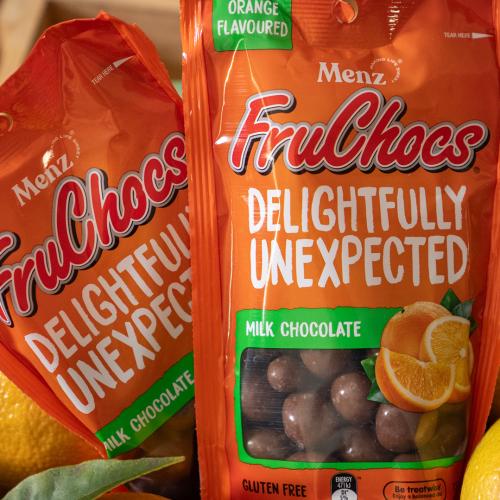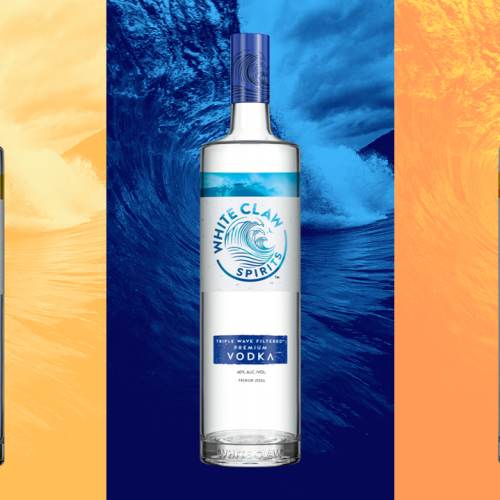Scientists have uncovered the reason why some individuals experience headaches after drinking red wine, pinpointing a natural flavonol compound called quercetin. Researchers from the University of California in Davis found that quercetin, present in red wine and various fruits and vegetables, acts as an antioxidant. However, when combined with alcohol, it hinders alcohol metabolism, leading to headaches.
Professor Andrew Waterhouse explained, “When it gets in your bloodstream, your body converts it to a different form called quercetin glucuronide. In that form, it blocks the metabolism of alcohol.” The study, published in Scientific Reports, revealed that the levels of quercetin varied in different wines based on the amount of sunlight the grapes absorbed during growth.
“Quercetin is produced by the grapes in response to sunlight. If you grow grapes with the clusters exposed, such as they do in the Napa Valley for their cabernets, you get much higher levels of quercetin,” Professor Waterhouse noted. The accumulation of a toxin called acetaldehyde, caused by quercetin-filled wine, leads to headaches, facial flushing, and nausea.
Red wine headaches can occur within 30 minutes to three hours after consuming even a small amount of wine. Professor Morris Levin stated, “We postulate that when susceptible people consume wine with even modest amounts of quercetin, they develop headaches, particularly if they have a preexisting migraine or another primary headache condition.” Human clinical trials are planned to further investigate why some individuals are more susceptible to red wine headaches than others.
The researchers aim to understand if quercetin more easily inhibits the enzymes of those prone to headaches or if these individuals are more affected by the acetaldehyde toxin buildup.











